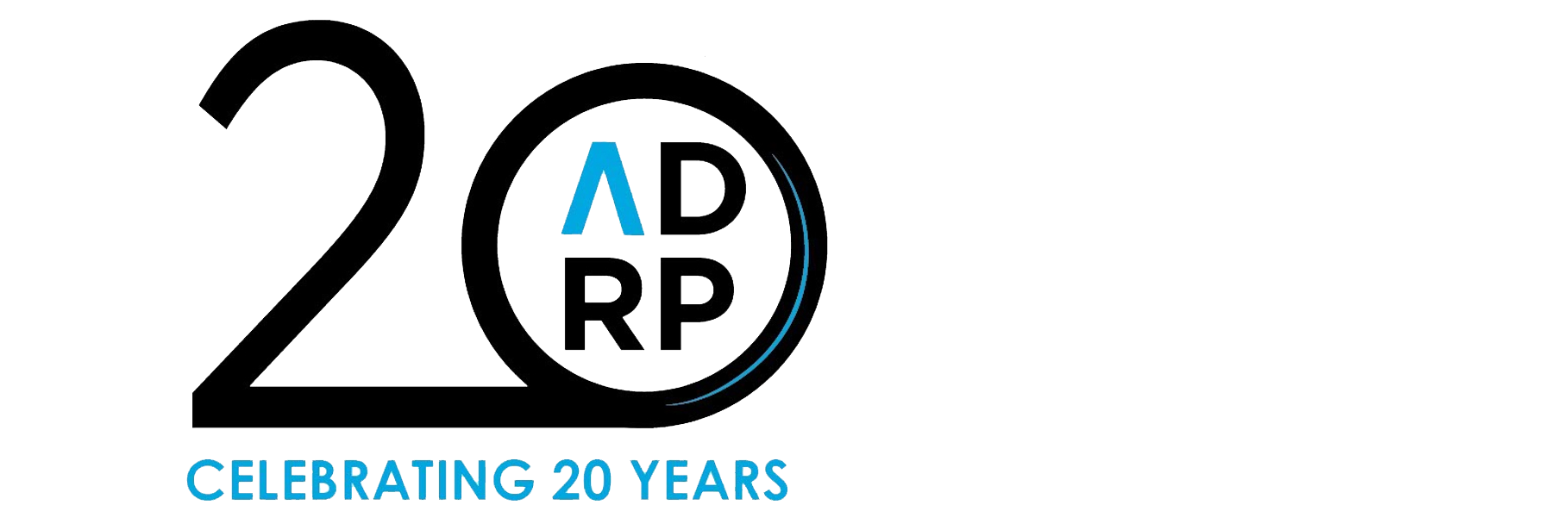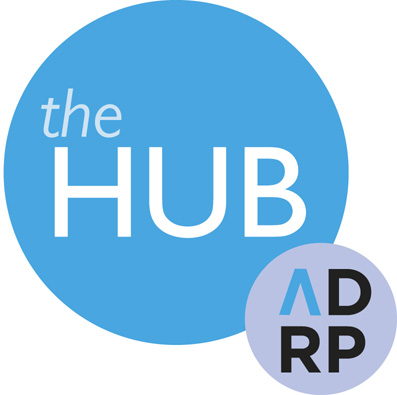- About
- Membership
- Resources
- Partner
- Events
- Awards & Scholarships
|
|
 |
| Click the image to enlarge |
Donors to Emory University’s $7 billion endowment surveyed a year ago said that the most significant improvement would be quicker delivery. Most had received their reports in April 2018, eight months after our fiscal year ended. With more than 1,200 reports due to almost 1,500 stewardees, could we shave two months off that timeline?
Yes, we could and we did. We made that deadline, delivering FY18 reports that were more timely, transparent, and sustainably-produced. Our team recently delivered 1,231 printed endowment reports two months earlier than donors had received them, with more student impact stories and beneficiary photos than any previous year. These reports represented a record number of allocations for the university to report.
Not all of our targets were met, so we are making adjustments for the FY19 cycle based on what we learned and downsizing our expectations of digital delivery for all donors. No matter the size of your endowment or number of funds, we hope that our experience can help your donor relations team tame your reporting process, too.
First, some background on institutional barriers
Endowment funds at Emory span 13 schools and units, each with its own advancement team and internal processes. Three people on the central donor relations team prepare the endowment reports.
Every year, Emory struggled to wrap up endowment reporting, partly because Donor Relations did not control the final content or delivery. Each donor received a folder with loose sheets of financial information, any narrative impact information collected, and any additional content each school or unit development team chose to include. Without limits on content, some reports ballooned, extending the project schedule to create, design, and edit additional content. While the report design was meant to accommodate variable printed content, our team felt that the loose-leaf bi-fold pocket folder did not reflect the sophistication of our donors or our commitment to sustainability.
Further increasing the time between the end of the fiscal year and the donors’ receipt of the reports were development officers’ attempts to deliver the reports in person. The relevance of the report information seemed to dwindle as development officers booked meetings months past the completion of the project. We relied on our partners to capture the delivery date in our donor database, but sometimes that important step was overlooked. Streamlining endowment reporting would benefit all of us—and our donors—by freeing us to do strategic stewarding of other key donor groups at Emory.
We surveyed donors who received FY17 reports, who told us they wanted to hear from Emory sooner each year. To achieve that, we needed a clear game plan that could help set expectations with our development officers. We needed help from our communications colleagues to provide a sleeker design and a timeline that we could follow even if collaborators missed deadlines.
The following list of critical actions are in rough chronological order, with some overlap:
Leadership buy-in
We started at the top, recruiting our associate vice president to lobby the leadership team for its support of a new report design and process. We pitched a concise, customizable design in the brand, tone, and voice of the university. A condensed timeline gave Donor Relations the responsibility to deliver all reports and enter each into the database on the donor’s record.
Our data-driven proposal fit with our first female president’s strategic planning, and leadership approval eliminated negotiation over design and delivery. This gave us momentum to pursue the changes we believed would lead to greater collective donor satisfaction.
Focused strategy
Two clear goals helped us stay focused: Deliver reports within six months of the end of FY18, and practice better stewardship of resources used for reports.
We rolled out our plan to the development teams a few weeks before the Aug. 31 end of FY18. Before Donor Relations became responsible for the project, an “us versus them” mentality had undermined endowment reporting. We strived to make this a “we” project. We communicated the multiple benefits of changing the process: a better product delivered to our donors quicker and more efficiently.
To build trust further, we reinforced our commitment to the Jan. 31 delivery deadline by asking our partners to save the date of Valentine’s Day 2019 for a celebration of our teamwork and success.
Unified design
At the rollout, we unveiled a prototype design created with our advancement communications team (Adcom) that would work for more than 90 percent of our reports: a single 11x17 in. heavyweight page folded to create an 8.5x11 in. 4-page booklet, which would fit in a designed envelope. The designers used InDesign software to create a variable data design file with myriad layers for the unique financial information, fund name, beneficiary information, and photos for each report. Our donor database was our primary information source.
The layered design required our team to organize variable content fields in a spreadsheet to be merged into InDesign. This spreadsheet captured financial information delivered to each donor for at least one fund and up to four funds. The design accommodated between one and four beneficiary narratives with photos, and offered filler images if needed.
Adcom also helped us design an infographic explaining how individual funds operate as part of the total $7 billion Emory endowment. For some reports with multiple funds and beneficiaries, this infographic became an 8.5x11 in. single-page heavyweight insert.
The new design focused on what donors had told us they wanted most: impact information. A critical new element was a maximum character count (1,200) for beneficiary narrative content. Any content over this would not fit. While this limit concerned some of our partners, we maintained that our donors don’t need a longer message to understand how Emory used and appreciated their endowment funding. Most partners welcomed this change.
Simplified partner tools and deadlines
In simplifying the product and process, we also simplified communications. No more repetitive group emails about content and deadlines. Keeping our goals and donors foremost, we aimed to communicate strategically, intentionally, and concisely.
At our rollout, we set only two intermediary deadlines for our partners. The first date was the target for development teams to review their funds’ name, purpose, and FY18 data. The second deadline was for their narrative content. We hoped that our streamlined process would free more time for gathering photos and comments from beneficiaries that our donors value so much.
To assist with that content gathering, we offered basic tools that each school and unit could customize. We used Qualtrics to create a 3-question beneficiary survey, with minimum character counts as well as the 1,200 maximum. We offered assistance in arranging professional photo sessions at times and dates convenient to our partners. We set up cloud sharing folders for receiving these assets and posting the preliminary PDF designs for approval.
Our partners could always reach out to our team of three, but we mainly communicated through one of us. That person tracked each school’s and unit’s progress and knew the best way (phone, email, etc.) to communicate to each partner. She consistently sent messages offering assistance as well as clarifying tasks and deadlines.
Our major production tool let us down. Our Xerox Color 560 printer worked fine on our test prints, but when we began to print batches of reports, it took much longer to spool than expected. The Emory blue back cover freckled with a lighter ink. After troubleshooting with Adcom, we decided not to count on the printer’s repair.
A local printer gave us a reasonable rate, and once we uploaded the report PDFs and delivered our paper (Cougar Natural Smooth 80lb. Cover), we were back on schedule. Another printer was already printing our envelopes and ink-jetting the addresses. Both printers stayed mindful of the careful batching of our reports and envelopes so we could stuff them efficiently. Our project partners joined us for that step, which gave them a final review of the reports. In late January, we sent almost all reports back to the envelope printer to be sealed, stamped, and mailed.
Digital delivery
From the get-go, we knew that a small number of reports (70, representing five percent of our total) would not work within the bi-fold design. These reports needed to include more funds and/or beneficiaries than the basic design could accommodate. We designated these as “special handling” and decided the best way to design and deliver these reports was digitally, with the same deadline as our print reports.
This would expand our existing relationship with an outside vendor who had helped us with secure stewardship touches to individuals. With this digital toehold, the majority of endowment donors would one day receive reports this way—or so we thought.
We assumed that the design that worked so well for our print reports would easily translate as digital slides in the vendor’s design. That didn’t pan out. We expected the vendor to stay on schedule for Jan. 31 delivery, but that didn’t happen.
Near the end of this pilot project, we had to switch platforms. The solution met our expectations, but the donor response did not. We received fewer positive responses for digital reports, as well as requests for print versions. In the foreseeable future, it makes sense for us to produce print reports for our donors.
 Results and onward to FY19
Results and onward to FY19
Process change meant culture change, too. We consulted with development officers who were used to delivering the reports in person, and suggested ways to approach follow up to the mailed report.
Donors responded with appreciation. “Nice format for the 2018 report. Very clear and thoughtful,” said one donor. Another wrote, “Information about the most recent recipients is a wonderful addition, and the whole package is classy and informative. Thanks for all you do.” Our Emory partners enjoyed the Valentine’s party and the blue and gold custom cookies that conveyed our gratitude in Emory blue script.
We documented the new process, and two of us spent two days in post-planning to pinpoint ways that we can improve. We want to build in more time for editing and improve our internal data handling. Our design will remain the same for FY19, as will our Jan. 31 delivery deadline. Our donors are happier with better reports delivered quicker, and each year we want to make sure to keep building on their good feelings.
Michelle Hiskey is Associate Director of Editorial Content for the Office of Donor Relations at Emory University. She can be reached at [email protected].


